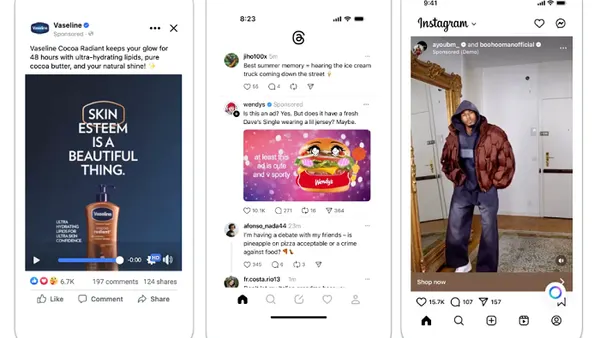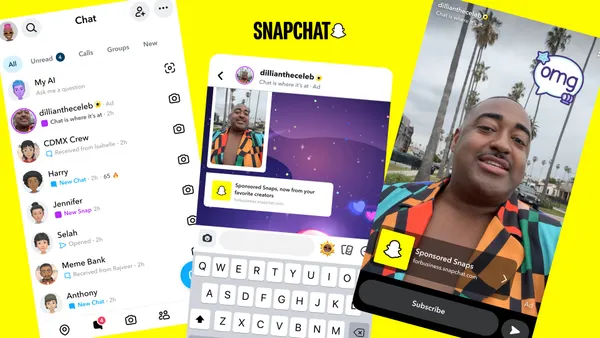Dive Brief:
- Gartner, Inc. predicts sales revenue of wearable devices will hit $30.5 billion in 2017, a 16.7% increase over last year, per findings made available in a press release. The research and advisory company said $9.3 billion of those sales will come from smartwatches alone.
- Gartner broke down four different types of smartwatch providers including Apple; other consumer electronics brands such as Asus, Huawei, LG, Samsung and Sony; kid's smartwatches, which are expected to make up 30% of smartwatch shipments in 2021; and fashion and traditional watch brands creating a luxury category that will appeal to younger demographics, according to Angela McIntyre, research director at Gartner.
- Two other wearable devices highlighted include Bluetooth headsets, which will account for 48% of all wearable devices this year, and also head-mounted displays. Gartner described the latter as a category still in its infancy and not expected to reach mainstream adoption until 2021.
Dive Insight:
While wearables and smartwatches, in particular, have gone through analyst whiplash over the last couple of years, cries that the category is dead now seem overstated. In actual numbers, global shipments are up 8% year-over-year, with investors still interested based on the strength and fitness applications, according to findings from Strategy Analytics released earlier this month.
For marketers, most wearables remain something of a question mark, given that limited screen real estate on devices like smartwatches makes it difficult to connect with users and drive meaningful engagement in a way that wouldn't be better-suited to a smartphone.
Head-mounted displays, applicable to augmented and virtual reality, are more exciting to sectors like retail, though Gartner reinforces that their traction will remain limited for the near future.
"Current low adoption by mainstream consumers shows that the market is still in its infancy, not that it lacks longer-term potential," McIntyre said in a statement. The report pointed to these devices' ability to bolster the customer experience and provide supplemental information and images.











